/Increase Sales on Amazon Like a Pro: 7 Proven Methods
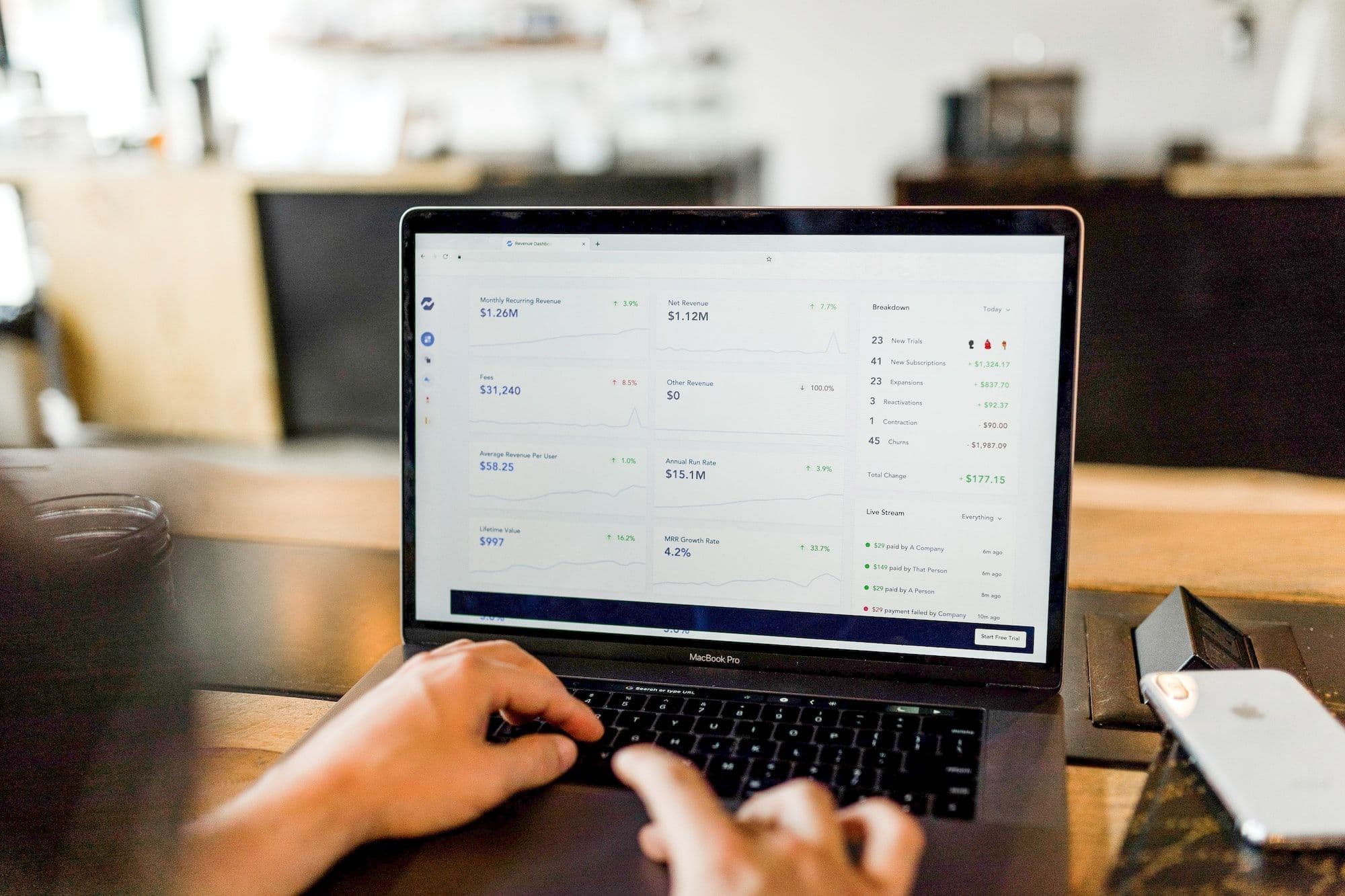
Increase Sales on Amazon Like a Pro: 7 Proven Methods
Selling on Amazon has never been more competitive. As the marketplace’s landscape continues to grow rapidly, so have the volume of sellers. As a new seller, it may feel like you’re a small fish in a big ocean, which is somewhat accurate. Fortunately, there are ways you can stand out as a seller, and stay ahead of the curve of the competition. In this guide, we’ll discuss how to increase sales on Amazon like a pro.
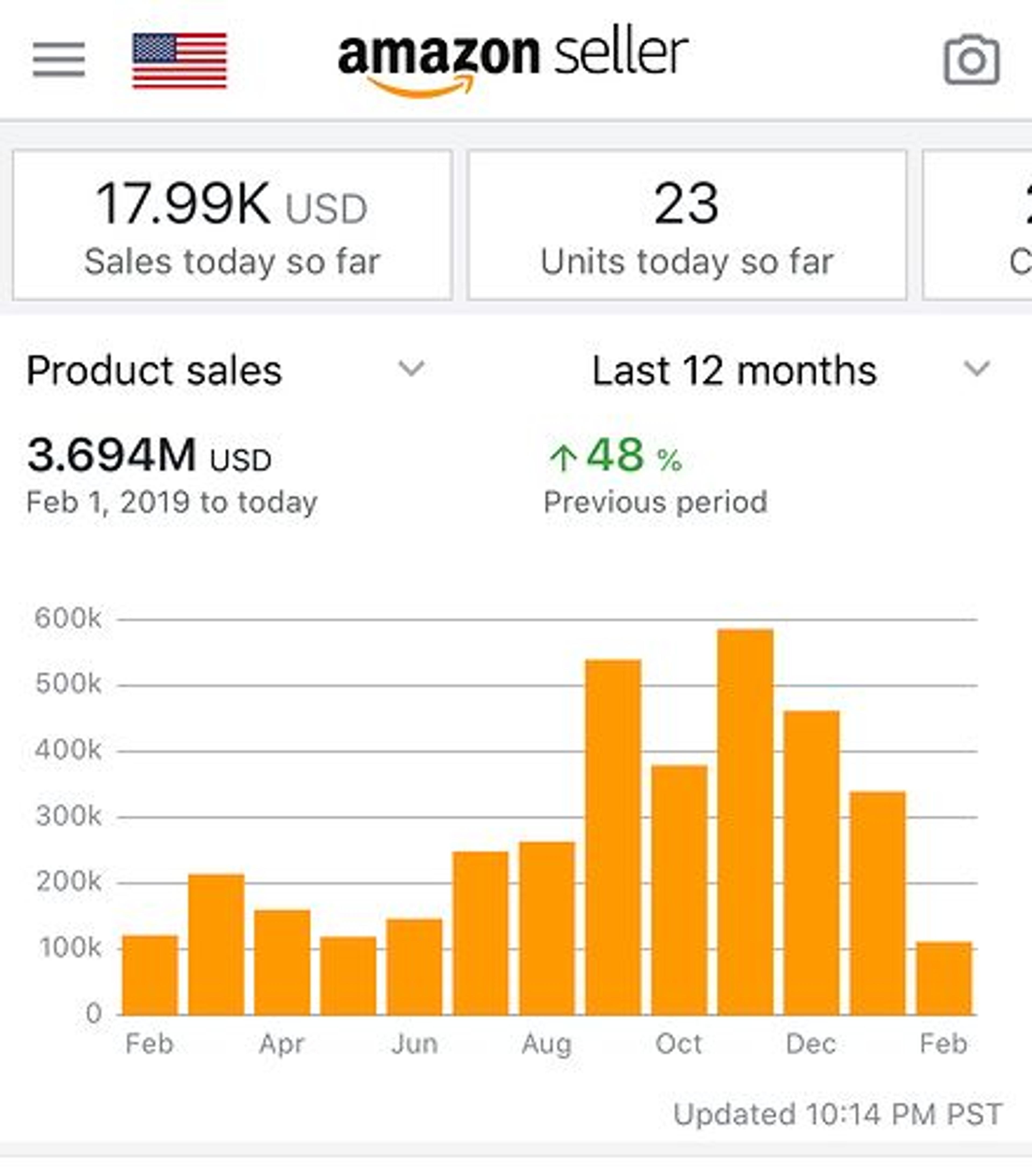
What Drives Sales on Amazon?
Simply put, primarily the Buy Box. One thing is for certain, though, and that is that 82% of sales on Amazon come through a listing’s Buy Box. The Buy Box is essentially the gateway to increasing sales volume on Amazon. While Amazon has never released their exact formula for winning the Buy Box 100% of the time, there are factors that have shown to win Buy Boxes consistently.
The heaviest weighted factor for being Buy Box-competitive is pricing, as Amazon will favor the lowest price on a listing. Other factors such as shipping times, fulfillment method, and inventory levels will also play a role in winning the Buy Box.
While the Buy Box is vital to increasing sales on Amazon, there are other non-Buy Box related factors that customers will pay attention to as well. These range from the quality of the listings themselves, including content, keyword, and images, as well as seller feedback and product reviews. With pricing and Buy Box-competitiveness optimized, and an attractive listing with credible reviews, you will be well on your way to increasing sales on Amazon like a pro.
Want to know what tool sellers use to immediately increase increase sales, profits, and is super easy-to-use? You can learn more here.
Methods to Increase Sales on Amazon
Now, for a more granular breakdown of methods to increase sales on Amazon, let’s take a look at these factors individually:
Method 1 - Competitive Pricing

Consider the actual pricing of your listings to be the reigning king of drivers for sales on Amazon. As mentioned earlier, the Amazon Buy Box will place the heaviest weight on pricing when looking at eligibility. Due to Amazon’s customer-centric principles, the lowest price on a listing across competitors will be the most likely to win the Buy Box. From a shopper’s perspective, the customer will also be most likely to purchase the product from the seller with the lowest price, making pricing the most important factor for boosting sales.
It’s important to price your listings appropriately - that is, not too high OR too low. If priced too high, you risk giving Buy Box ownership to other lower-priced sellers. Not to mention, if your inventory doesn’t move quickly enough, you may also risk being hit with FBA storage fees. If priced too low, you may suffer losses on your inventory, as competing too aggressively may eat into your margins.
A great solution for managing your inventory’s pricing, and automating competitiveness, is to use an Amazon Repricer, which we’ll cover in a later section.
Method 2 - Choosing a Fulfillment Method
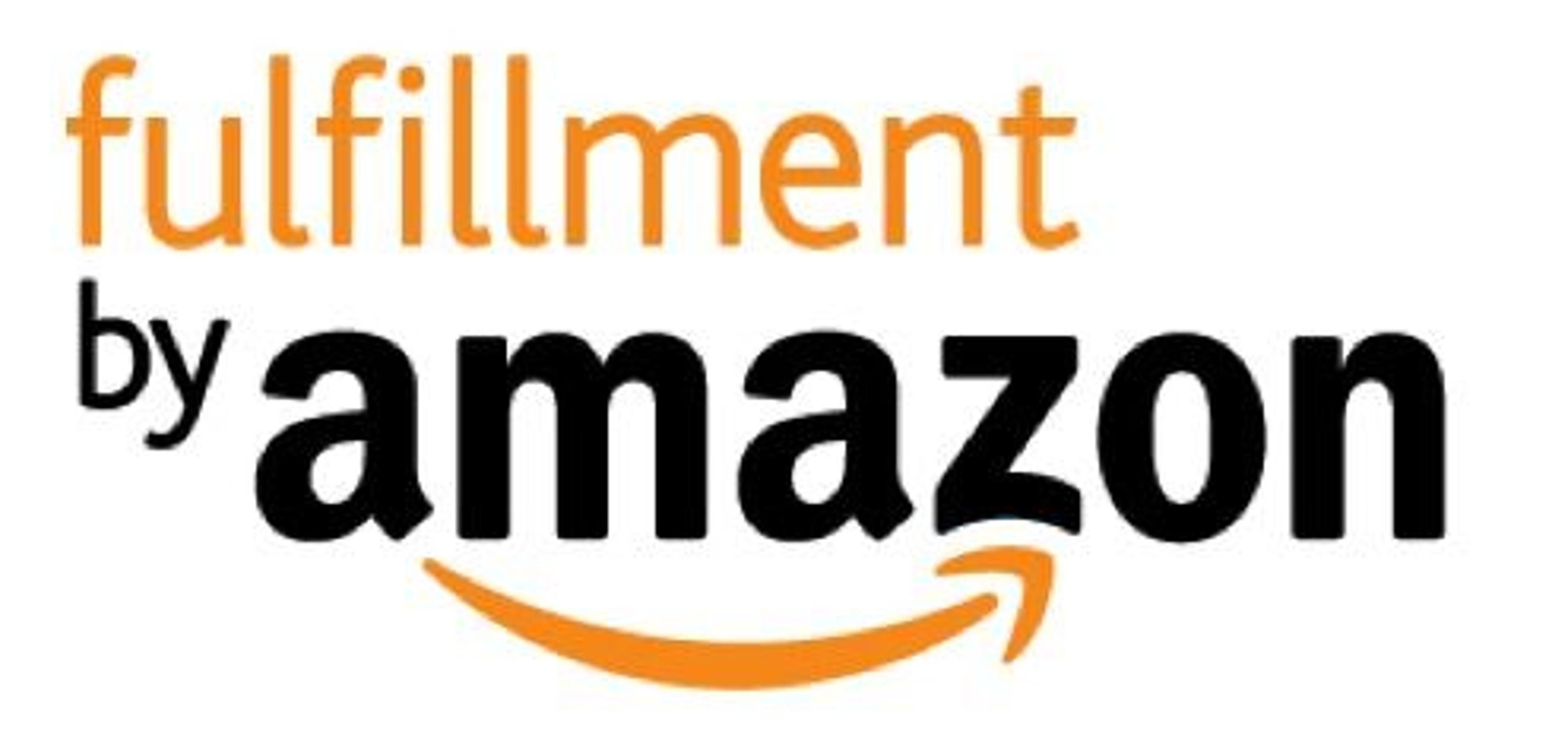
When shopping on Amazon, there are three major fulfillment methods in which you may receive your product. Two of these are offered by sellers, while the final is Amazon’s own fulfillment on items in which they sell themselves. As a seller you have the choice to either fulfill and ship inventory yourself, known as MFN (merchant fulfilled network); or, by FBA (Fulfillment by Amazon).
Generally speaking, listings fulfilled by Amazon (using the FBA service) are more competitive for the Buy Box due to their fast shipping times. Since Amazon has decreased their standard Prime shipping from 2 days to 1, Prime customers are more likely to purchase an item that is fulfilled by Amazon, as these are able to ship within a day. On top of Prime-eligible items offering free domestic shipping, Amazon customers are more likely to trust the blue Prime badge that accompanies items fulfilled by Amazon.
While the Fulfillment by Amazon service will incur additional fees when selling, the value provided immediately negates the cost. When selling under FBA, Amazon will handle storage, fulfillment, shipping, customer service, as well as returns and exchanges. These are some of the benefits of using FBA as a fulfillment method, on top of being more competitive (and appealing) to customers when shopping your listings.
Method 3 - Amazon Listing Optimization
Despite the amount of emphasis placed on a listing’s pricing, it’s important to remember that the listing itself is what a customer sees first when shopping on Amazon. A listing with a poor item title, description, and structure can be easily passed up in search of a more “legitimate” looking listing. The bottom line: don’t scare customers away with a bad listing!
By optimizing your Amazon listings, you are taking steps to improve your product listing's BSR (Best Seller Ranking) to gain visibility by ranking higher in Amazon’s catalog. The implication of this is obvious; the better your listing’s visibility, the higher the traffic, and ultimately, sales.
Listing optimization on Amazon can take a number of different forms, namely:
-Accurate and descriptive product title
-Effective use of Backend Keywords
-Proper product description with five clear and concise bullet points
-Supplemental use of high-quality images
Method 4 - Product Images
Another important element of optimizing your Amazon listings is the use of high-quality images to accompany your product title and description. Amazon allows the use of nine high-resolution images, sized 1000 x 500 pixels. It is strongly advised to utilize a plain white background for the first image, with the remaining used to show different angles and scale. In addition, images of your product in use will best convey realistic expectations to the customer.
Humans will naturally digest visuals easier than words, which is why high-quality, clear images are a must. Listings without presentable images (or worse, no images at all), are likely to be clicked away from. Customers want to know exactly what the item they are purchasing is going to look like, so it is important to manage expectations from the get-go with good product images.
Method 5 - Manage Customer Reviews
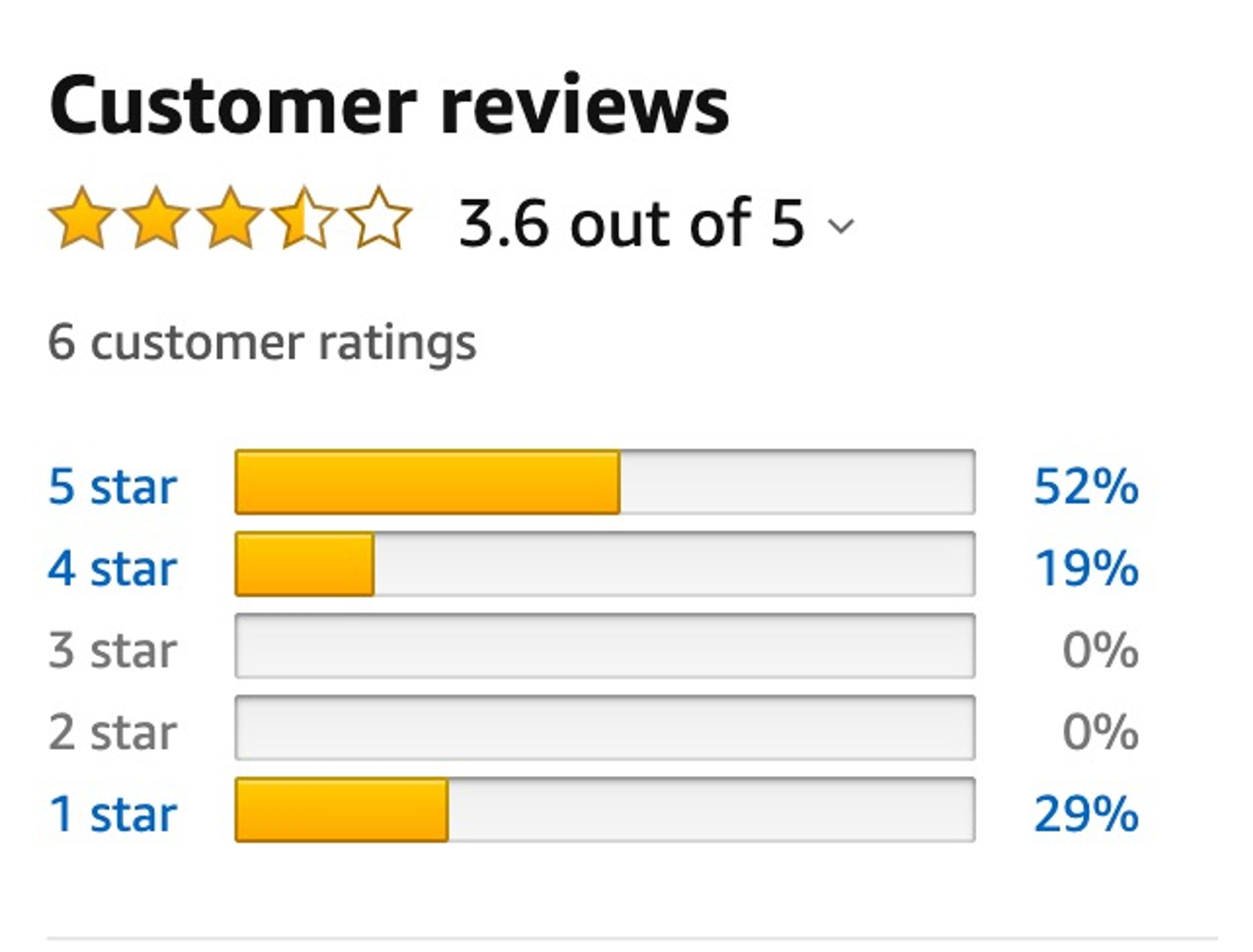
While you have less control over the customers’ feedback, you do maintain a say in their overall experience. It’s important to aim for a product rating of four or more stars, as worse ratings are less likely to be effectively ranked by the A9 Algorithm. Despite reviews being solely dependent on the customer, there are strategic ways to encourage shoppers to leave positive reviews after purchasing your product.
To successfully accomplish this, sellers may leave a friendly note inside their products’ packaging requesting a review, following up with the customer via email, or leveraging your brand’s or product’s social media presence to encourage reviews. It is just as important, if not more, to avoid receiving reviews in a manner where you may face account suspension or being banned completely. Buying reviews or offering “review units” (free items) to shoppers in exchange for a positive review is a risky and dishonest way to acquire reviews, and you’ll be left with an inauthentic and saturated product review page.
With the heavy emphasis Amazon places on customer satisfaction and reviews, customers have a direct impact on your listings’ performance and ranking. For this reason, it’s important to keep a close eye on your products’ reviews, and respond to negative feedback in a timely and friendly manner.
Method 6 - Run PPC Campaigns
As Amazon’s catalog grows, so does the number of listings that will appear under any given search query. As such, the top results on a search page are almost always sponsored, as the organic results become more and more buried. To stay ahead of this, it’s important to identify the opportunity hidden in Amazon’s PPC ad program, or Pay Per Click.
By investing in PPC ad campaigns for your listings, you will effectively elevate your listings to the top of the search result pages, above even the organic results. This is a great way to boost visibility, click-through rates, and ultimately, sales volume.
According to Amazon, “Sponsored Products can help you increase visibility and sales of your products by displaying ads when shoppers are looking for products like yours. There are no monthly fees; you pay only when shoppers click your ad, which takes them to the product detail page where your offer is listed. Consider using Sponsored Products for product visibility, new offers, unique selections, offers with low glance views, clearance items, and seasonal promotions.”
Method 7 - Use an Amazon Repricer
Like we discussed earlier with pricing your inventory competitively, an Amazon Repricer is designed to take this entire process off of your plate. A repricing tool is a great way to fully automate your listings’ pricing, as it will run around the clock actively adjusting your pricing to be the most competitive.
The best Amazon repricers will actively monitor your listings for price changes made by competitors, and will proactively adjust your pricing to ensure you maintain your competitive position. Additional functionality of a top repricer is its ability to not only reprice down, but also up. For example, when an Amazon repricer wins the Buy Box on a listing from having the most competitive pricing, it will then raise your price to close the gap between you and the offer priced above yours - recovering potential profits left on the table.
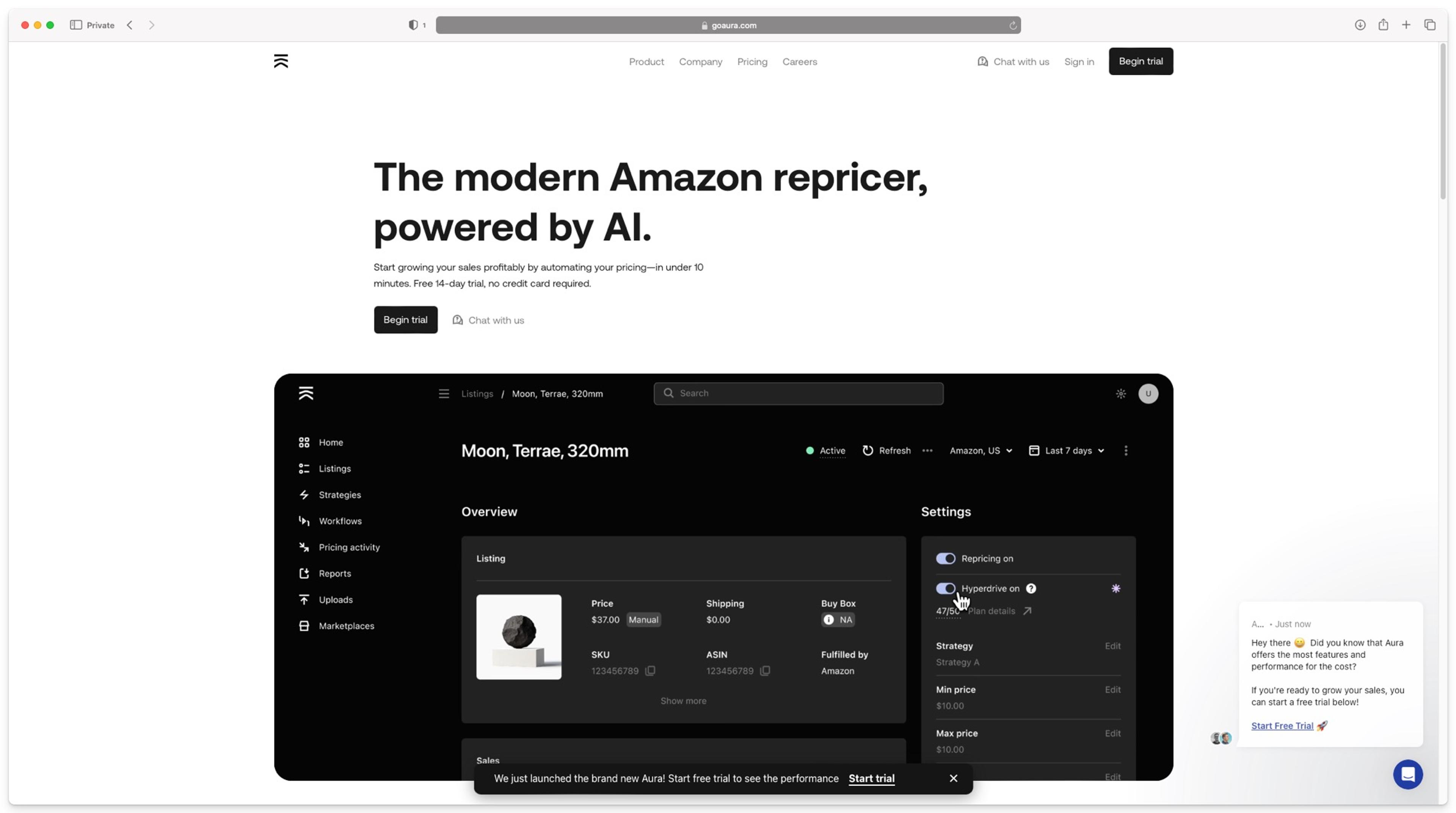
Aura Repricer offers a 14-day trial, with no credit card required, and will perform all the functionality listed above. Investing in a repricer is investing in your business and time, and will pay dividends in the long run.
Conclusion
In the Amazon ecosystem, increasing sales volume is the name of the game. As competitive as the marketplace may be, there are tried and true methods of staying ahead of the competition. Ensuring competitive pricing, optimizing product listings, and ensuring a positive customer experience are crucial components. When done correctly, you will effectively increase traffic to your products, and revenue to your Amazon business.


